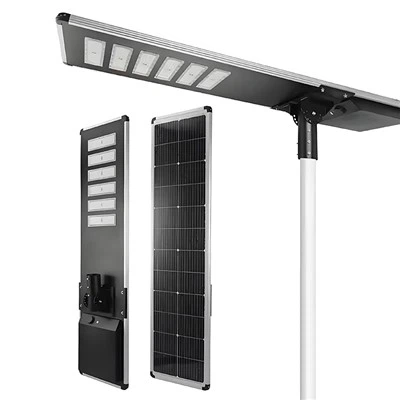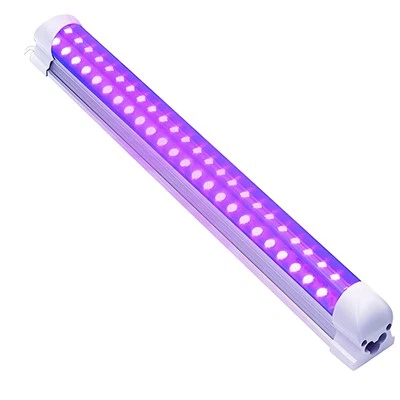Do you ever find yourself wondering, "When was the LED lighting invented?" And the answer could come as a surprise to you... More than half a century has passed since the invention of light-emitting diodes (LEDs). In point of fact, the first version of LED technology that was capable of functioning properly was released in the year 1962. The scientist Nick Holonyak Jr., who was 33 years old at the time, was the one who came up with the idea. GE referred to it as "the magic one" back in the day. It's true! On the reverse side of the device that Holonyak initially created, the words "The magic one, GaAsP" are written.
The first light-emitting diode (LED) was made of a semiconducting semiconductor called GaAsP, which stands for gallium arsenide phosphate. According to Holonyak, GaAsP was "the material that became the red LED that everyone saw on the lifts and everywhere else." [Citation needed] He went on to say, "They probably continue to manufacture them because they are so damn inexpensive!"
The promise of LED lighting technology was immediately recognised by Holonyak, who stated, "If I am able to generate that kind of light electronically, that is powerful enough and good enough to run as a laser, then this is going to become an LED that covers the spectrum." One of the most surprising things that has occurred is the length of time that LED technology has taken to become widespread in the lighting sector. In the decades that have passed since the invention of LED lighting technology, let us take a quick glance at the various versions that have occurred:

Early LED Technology (LED 1.0 = 1960s):
At first, light-emitting diodes (LEDs) were used as indicator lights for circuit boards and other small electrical devices. In the beginning, the specimens were extraordinarily long-lasting, had a lumen output that was quite low, and were hence incredibly energy efficient.
LEDs Gaining Traction (LED 2.0 = 1980s):
Over time, LEDs have improved in terms of both brightness and dependability. The LED technology of the second generation provided the capability of stringing many LEDs into a single circuit. As time went on, LEDs became more appropriate for usage in outdoor settings. They were consequently adopted by towns as a replacement for incandescent bulbs in traffic lights, and their adoption was exponential. A limited amount of success was also achieved by LEDs in the replacement of fluorescent bulbs and neon in lit signs.
LED Technology Today (LED 3.0 = 21st Century):
In today's world, light-emitting diode (LED) technology is widely utilised for uses in commercial, industrial, and residential settings. LEDs have seen improvements in all aspects of their capabilities, including an increase in their longevity, an increase in their brightness (performance), and an increase in their energy efficiency. The vastly increased use of light-emitting diode (LED) technology has resulted in the creation of warranties, the establishment of industry best practices, and the adoption of government initiatives and guidelines.
Telephone: +86 755 27186329
whatsapp: +86 19375189821
Email: bwzm09@ledbenweilighting.com
Website: https://www.benweilighting.com/






